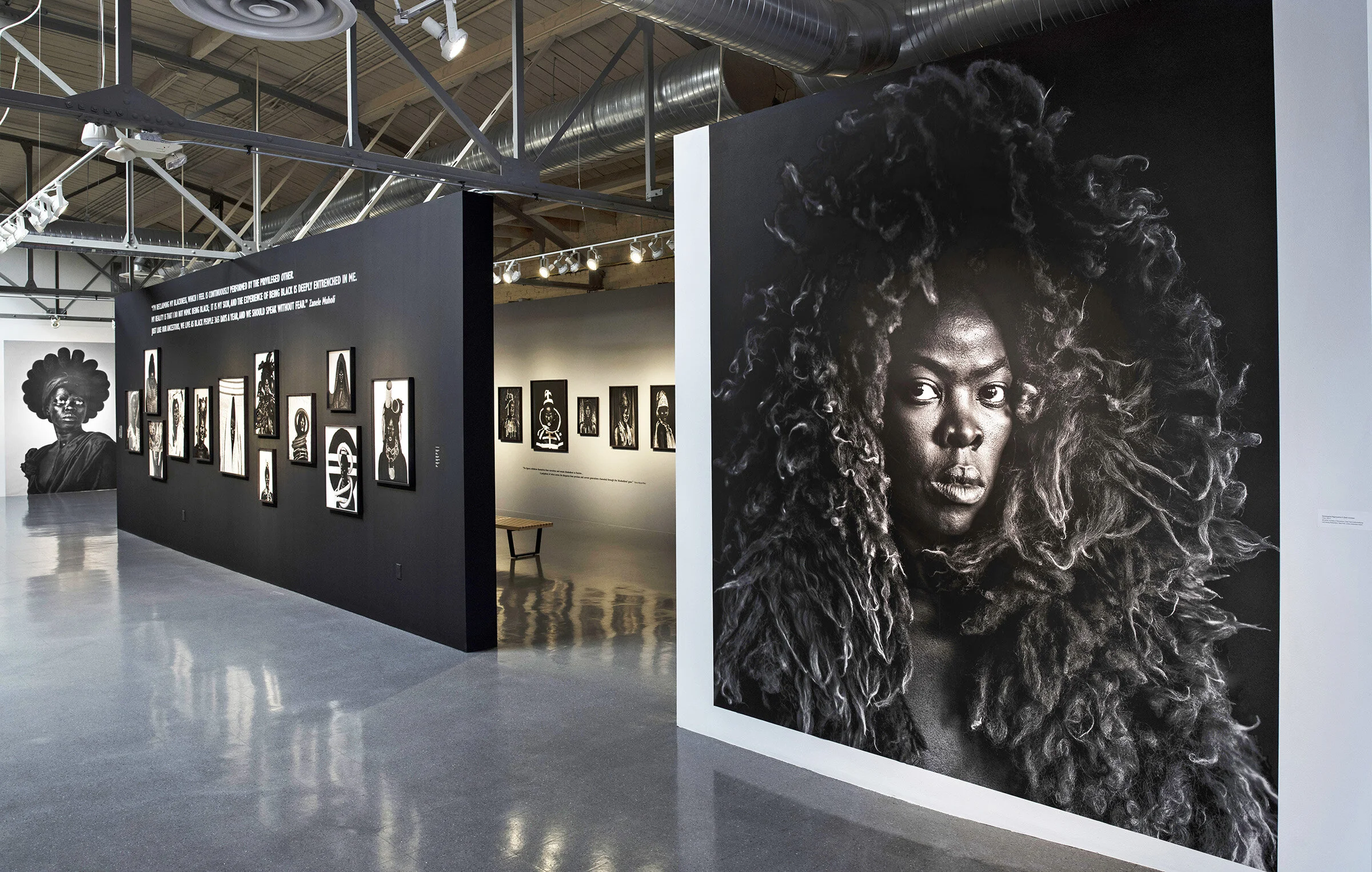If an artist makes art and a pandemic keeps us all in our houses away from exhibition spaces, can the art still make an impact? Alejandra Abad has been answering that question in an innovative and resounding fashion. Since well before the pandemic, she has been making art for the people—art that explores and explodes the traditional boundaries of art world spaces. Her art derives meaning from its interaction with and amplification of the voices of underrepresented groups of people.
Abad is an MFA candidate in Interdisciplinary Media Arts Practices at the University of Colorado Boulder. Even at an early age, her interactions with others helped forge her identity as an artist.





















